Affiliate links on Android Authority may earn us a commission. Learn more.
Here's why flagship killers might not do much killing this year
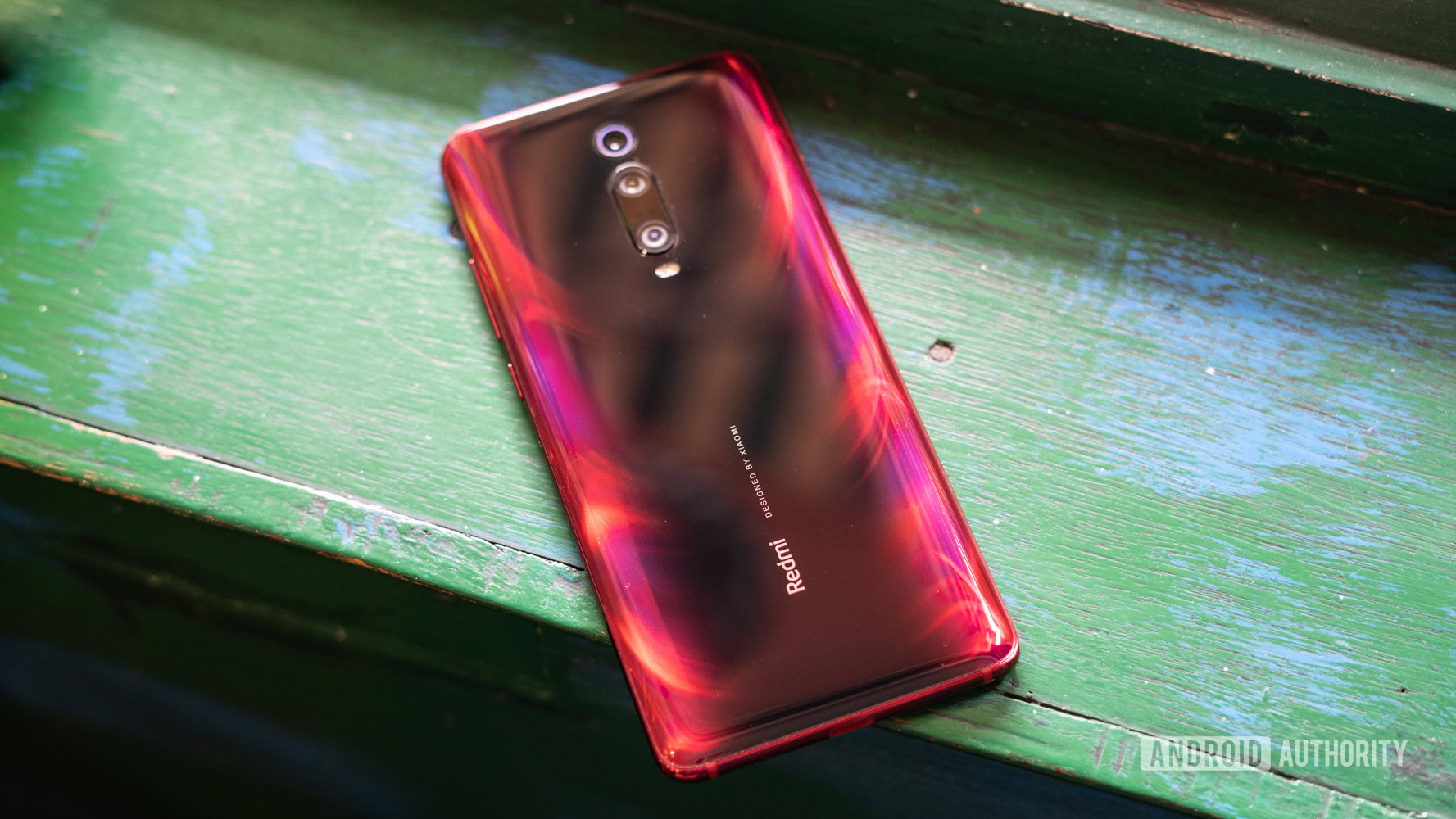
The flagship killer has become one of the most prominent mobile trends in recent years, bringing the core flagship smartphone experience to consumers at a more affordable price point.
Between Asus, Xiaomi, and Realme, it seems like there’s been plenty of choice over the past year or two, but there’s a real possibility that there might be slim pickings in the flagship killer category in 2020.
An expensive flagship SoC
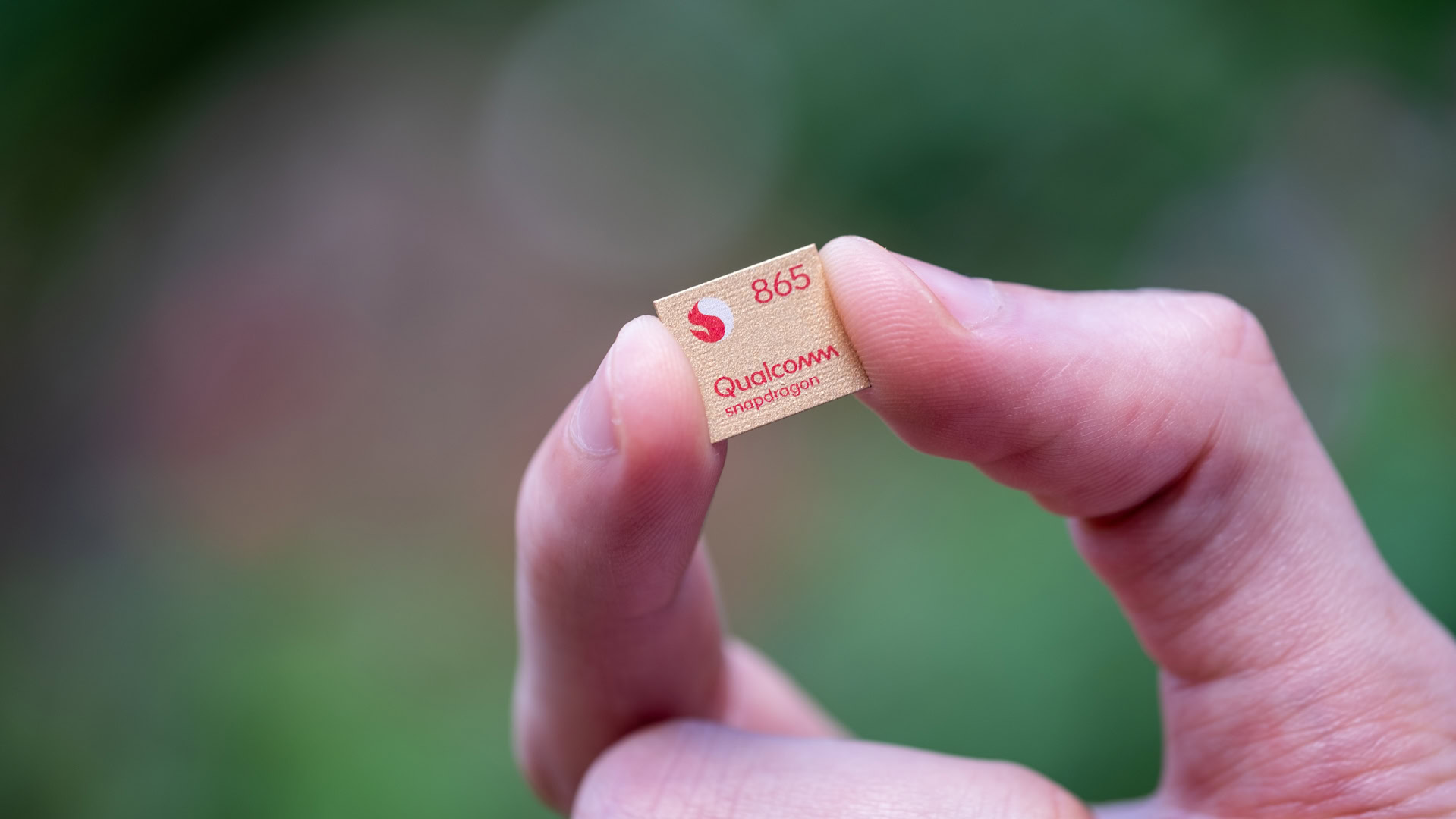
The simple fact facing would-be flagship killer-makers is that the Snapdragon 865 processor — set to be used in the vast majority of Android flagships this year — is generally considered way more expensive than previous top-end Snapdragon chips.
The Snapdragon 865 lacks an integrated modem, using an external X55 5G modem instead. However, the Snapdragon 865 and 5G modem come as a package deal, so manufacturers can’t skip on costs and opt for a 4G-only modem instead. This decision is also questionable as 5G simply isn’t widespread right now, especially in traditional flagship killer markets like India. Nevertheless, this mandatory bundle wouldn’t be a massive issue if the price was kept in check, but all signs point to a dramatic price jump.
Xiaomi already confirmed that its Mi 10 series is $120 to $140 more expensive than the Mi 9 series which started at 2,999 yuan (~$428). More specifically, Xiaomi executive Lu Weibing said processor and modem costs for the Mi 10 are double that of the Snapdragon 855-toting Mi 9.
Furthermore, noted analyst Ming-Chi Kuo claimed that the Snapdragon 865 plus X55 5G modem costs OEMs between $120 and $130. And with companies like TechInsights reporting that last year’s silicon cost OEMs ~$70, we’re looking at a big price hike for the new processor.
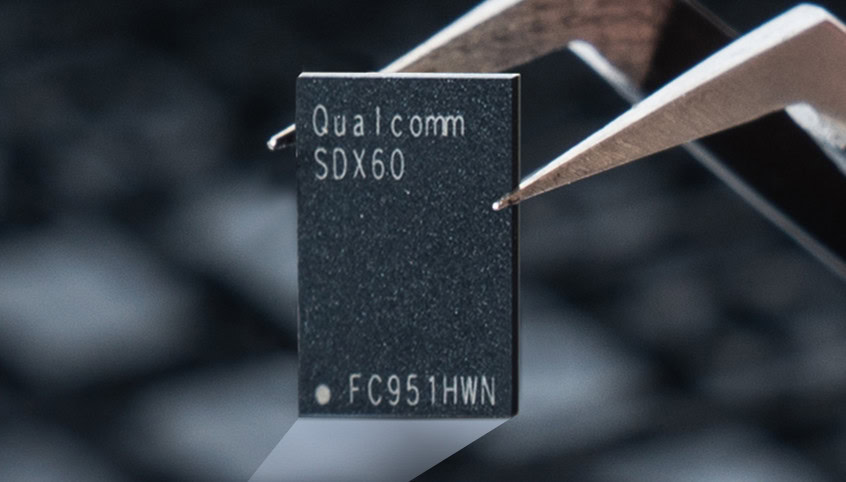
We’ve also seen realme dare to leap above its previous flagship pricing, as the realme X50 Pro 5G retails for €599 (~$668) in Europe or Rs. 37,999 (~$528) in India. Meanwhile, the realme X2 Pro comes in at €399 (~$445) and Rs. 29,999 (~$415) respectively.
The new Snapdragon 865 isn’t entirely to blame for higher prices in 2020, of course. New phones are offering more cameras than ever, more expensive screens (i.e. high refresh rates, punch-hole designs, and/or OLED panels), bigger batteries, and a new generation of RAM and storage standards (LPDDR5 and UFS 3.0). That said, silicon definitely seems to be the biggest reason for the price leap.
More flagships killers in the second half of 2020?
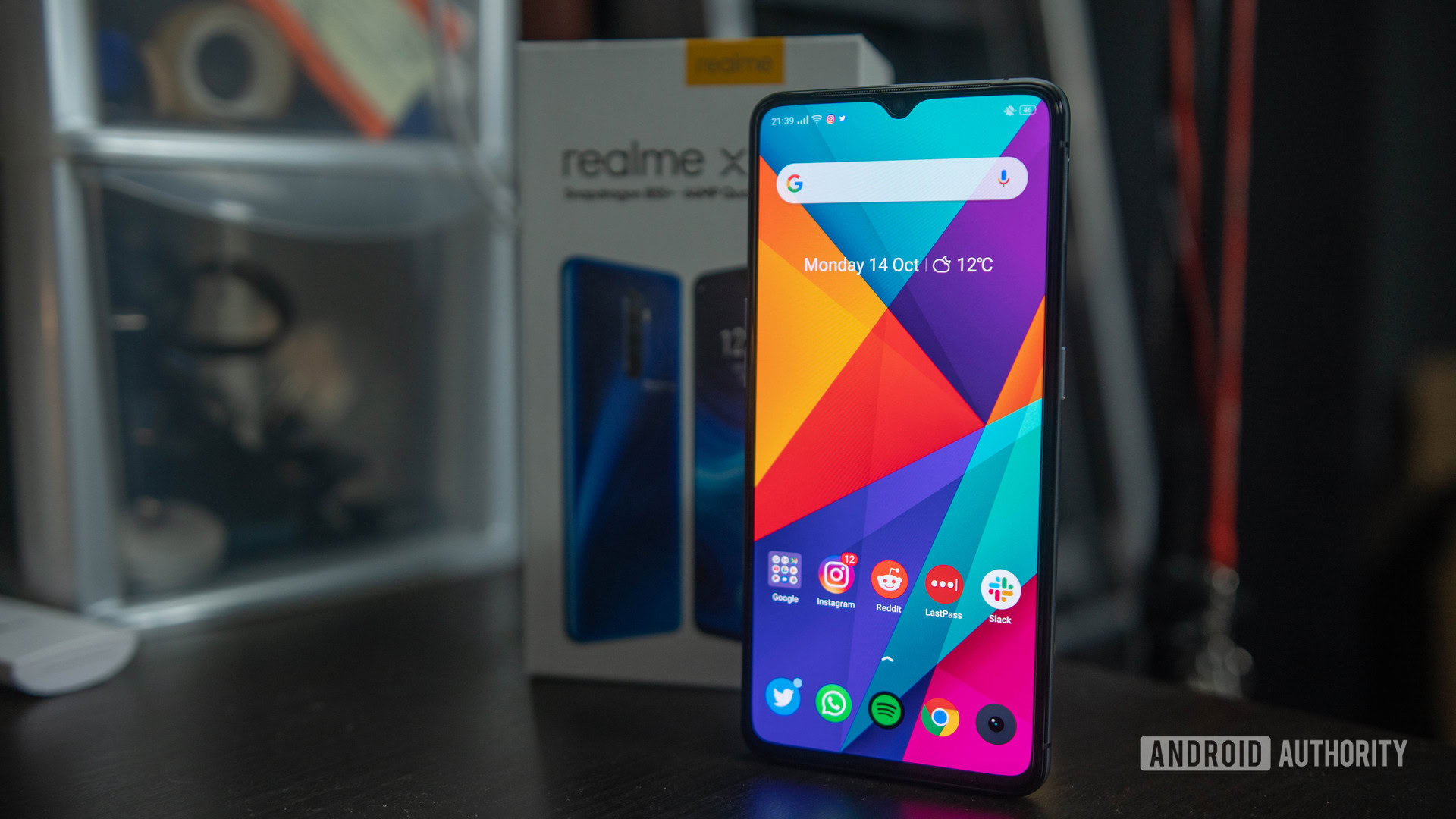
One possibility is that we see more affordable flagship phones launch in the second half of the year. This is because Qualcomm could theoretically drop the price of its high-end silicon. The company could opt to release a Snapdragon 865 Plus, but still offer the standard 865 at a lower price. This is far from guaranteed to happen though.
We saw the Snapdragon 855 succeeded by the Snapdragon 855 Plus last year, but POCO general manager Chandolu Manmohan told us at the POCO X2 launch that the expected price drop for the older SoC didn’t happen.
Read: Best 2018 flagship phones that are still worth buying today
In other words, we might not actually see a significant price drop by Qualcomm this year if they take the same route as 2019. Even if we do see a price drop, there’s every chance the Snapdragon 865 at its new price is still significantly more expensive than the Snapdragon 855 series ever was in 2019.
Another factor contributing to the increasingly high price of Snapdragon 865 phones is that companies have to buy additional antenna modules and components for the various 5G flavors. More specifically, IHS Markit says the early wave of mmWave components significantly increases the bill of materials for a 5G phone compared to components for a sub-6Ghz device.
One solution is to deliver a phone that doesn’t offer mmWave support, but that’ll certainly limit potential speeds in the likes of Verizon in the US. Still, that hasn’t stopped several brands from launching 5G phones without mmWave support anyway, such as Samsung’s Galaxy S20 and the Sony Xperia 1 II.
More upper mid-range phones instead?

Even though the Snapdragon 865’s pricing might put pressure on flagship killers, it seems like the other big threat is simply coming from today’s mid-range devices.
It used to be the case that you’d buy an affordable flagship because you wanted plenty of bang for your buck, the latest features, smooth performance, and great picture quality. But we’ve seen mid-range phones tick most of these boxes in the last year or two.
Between the Xiaomi Mi 9T, Google Pixel 3a, Samsung Galaxy A50, and POCO X2, it’s clear that cheaper devices can bring plenty to the table. Sure, these phones might not have wireless charging or water resistance, but most affordable flagships don’t have this either.
And the mid-range segment is only going to get better in 2020, with recent chipsets such as the Snapdragon 765G, Snapdragon 730G, Dimensity 800, and Helio G90T hanging with older flagship silicon. In fact, as our own Rob Triggs points out, mid-range SoCs now offer the latest CPU technology, more capable GPUs, and extensive camera/photography capabilities.
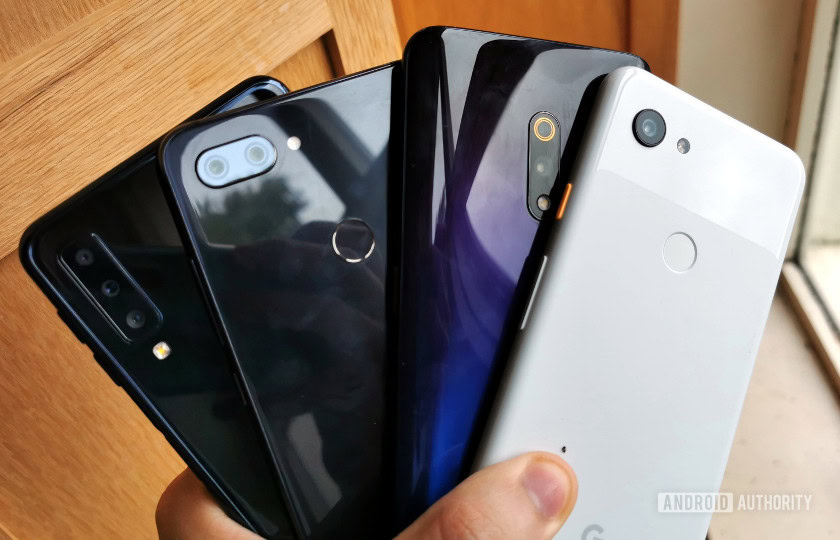
Analyst Ming-Chi Kuo added more fuel to the mid-range push by reporting that Qualcomm slashed the cost of its upper mid-range Snapdragon 765 chipset by 25-30% down to $40, apparently undercutting MediaTek’s Dimensity 1000 flagship chipset. The Taiwanese firm’s high-end processor is said to cost between $60 and $70.
Between this reported price cut and improved budget SoCs, OEMs could be compelled to produce better, more affordable mid-range phones instead of flagship killers.
The only downside to this approach and to using last year’s flagship silicon is that you’re still going to lose out on key features. These include 8K video recording, an ultra-fast ISP (for high-resolution image processing and super slow-mo), and a truly cutting edge CPU and GPU.
What does this mean for flagship killers?
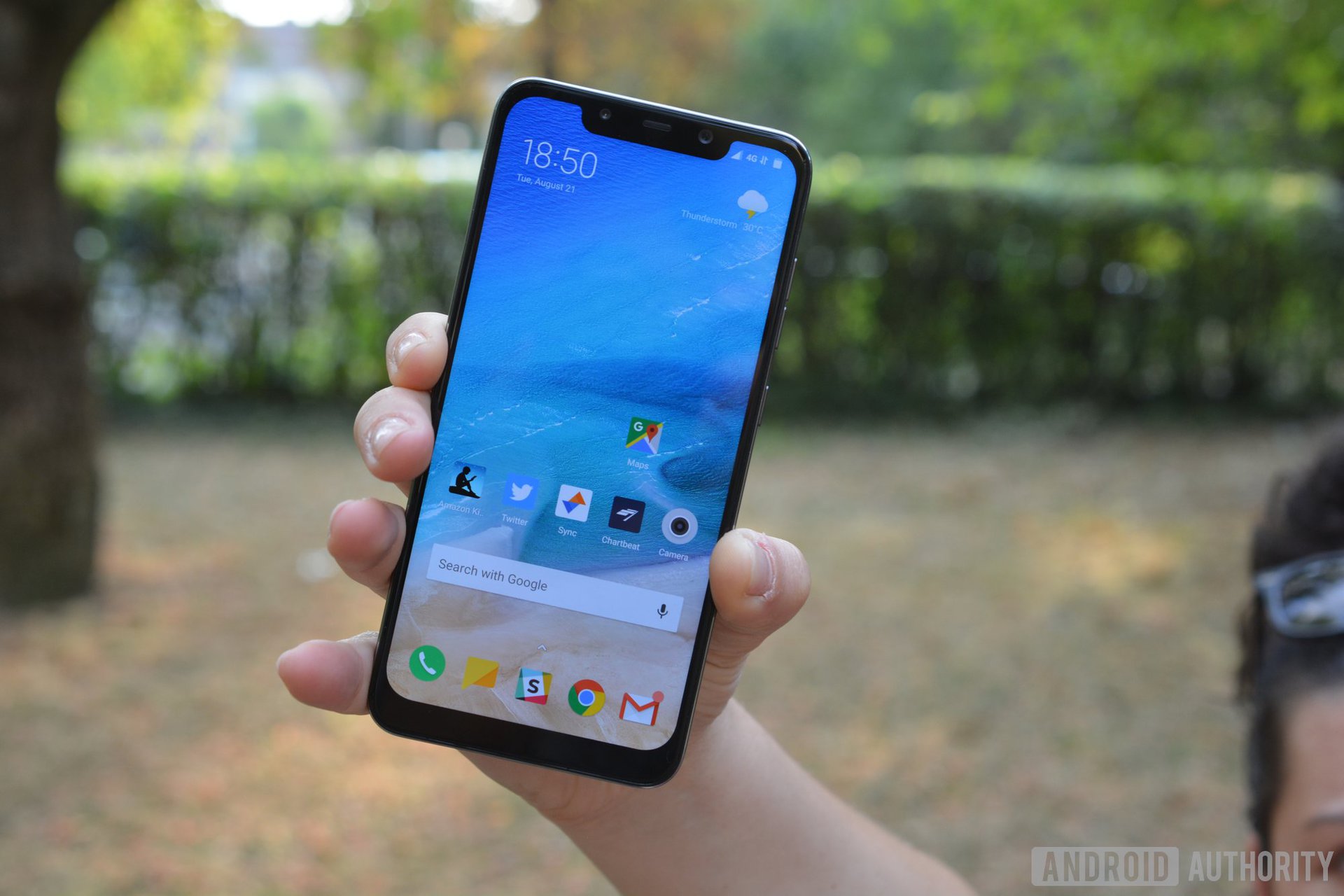
Manufacturers offering affordable flagships often had to deal with razor-thin margins, but the cost of flagship silicon in 2020 means customers can’t expect to see the same bang for their buck. How can you expect a ~$300 high-end phone to have plenty of features in 2020 when OEMs are spending at least $70 extra on processor costs alone?
In fact, it seems more and more likely that consumers on the hunt for an affordable flagship will be stuck with one of three potential choices in 2020.
One option is that they’ll need to pay a small premium for a more expensive flagship like the Mi 10 series or realme X50 Pro 5G, which will still likely be cheaper than other Snapdragon 865 phones.
Read: Qualcomm Snapdragon 865 vs Kirin 990 vs Exynos 990: How do they compare?
The second option for consumers is a flagship killer that actually makes a ton of compromises compared to previous devices in order to hit a $300 to $350 price point. That could mean a lower quality screen (i.e. lower resolution, LCD, or no high refresh rate), cheap design (i.e. plastic), fewer cameras, older RAM and storage standards, slower charging tech, and questionable quality control. And is the new chipset really worth all those potential cutbacks?
Finally, the third option for consumers looking for an affordable yet full-featured flagship is to simply get an upper mid-range phone instead. The money OEMs would’ve spent on an expensive Snapdragon 865 can be spent on better screen tech, a more premium design, a better camera experience, and more storage, only with a lesser, but still incredibly powerful mid-tier SoC.
Either way, it looks like the flagship killer category will be under major pressure in 2020, though that may not last for long. 2021 could see a return to form for the segment as 5G components become more mainstream, hopefully leading to a resurgence of affordable flagships.